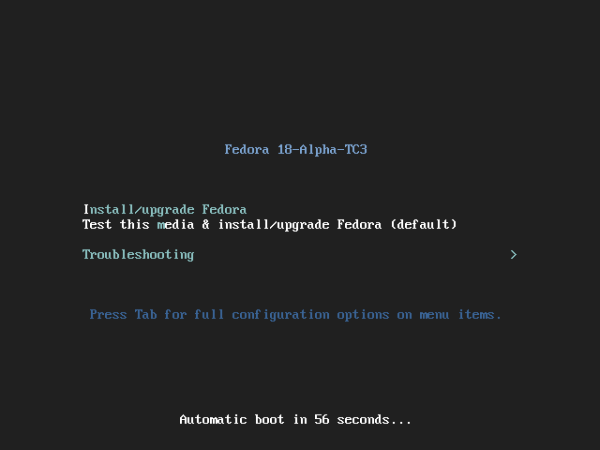Originally posted by squirrl
View Post
Canonical guys trend to develop Ubuntu-specific software (Unity is the most outstanding one), while Red Hat works for the whole ecosystem.




Comment